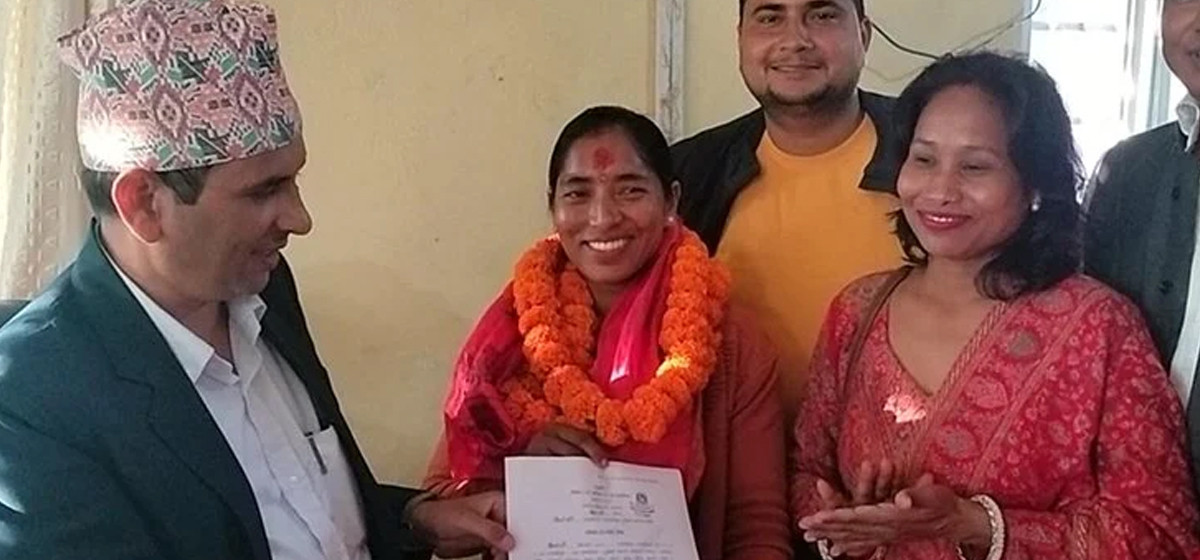The global movement for children's welfare, which emerged after the World Summit for Children in September 1990, has achieved notable progress in promoting the rights and well-being of children worldwide. The Summit laid out four fundamental principles, including the provision of all children's rights, equal opportunities for every child, healthy living conditions and development, and the right to self-expression.
Despite the gains made in recent years, the South Asian region, well-known for its poverty and gender insensitivity, faces numerous obstacles to realizing sustainable children's rights. Poverty remains a significant barrier to improving children's welfare, particularly regarding malnutrition, disease, lack of education, child labor, HIV/AIDS infections, girls' trafficking, poor health, and domestic violence.
UNICEF estimates that approximately 500 million people in South Asia live in poverty, with an estimated 250 million of them being children. Poverty frequently leads to child labor, with approximately 14 million children engaged in labor in the region. Moreover, around 70 million children drop out of primary school every year, with girls experiencing more significant challenges due to social attitudes, household duties, and poverty.
The challenges related to children in South Asia are manifold, including anemia, immunization, HIV/AIDS infections, child refugees, sanitation, and abuse of children in civil wars. For instance, nearly 45,000 children die from diarrhea annually in Nepal, with an estimated 21,000 children working as household servants in Kathmandu, and approximately 5,000 street children and 100 children in prison. Many children, mostly girls under the age of 16, are trafficked across the borders into India. The high pregnancy rate, gender insecurity, sanitation and drinking water problems, poverty, malnutrition, and child abuse in civil wars and political movements are significant issues in Nepal.
Worth of stories

Despite Nepal's signing of the UN treaty on children's rights in 1990 and the initiation of constitutional rights for children in 2048 BS, the country has not met all the requirements ensuring the rights and development of its children. This situation poses a significant challenge for policymakers, field workers, social workers, and the government bodies concerned in the region.
In September 2001, the global movement for children's welfare aimed to review the progress made toward the World Summit goals for children in every country, discuss the imperative of adequate investment in every child's well-being, review selected key issues concerning children's strategic development, and discuss the range of new partnerships required between governments, social organizations, and the corporate sector to ensure adequate investments for the rights and well-being of all children in South Asia.
The special session of the UN General Assembly held in 2001 evaluated the goals set out globally towards children's rights. Participating governments requested a National Report on the status of children and progress in national action plans. South Asia must address these areas of concern to move towards the removal of problems and create a bright future for its children.
In spite of the challenges, Nepal has made some progress in improving children's welfare. The country has somehow reduced its poverty levels and is working towards becoming a middle-income country by 2030. The Nepal government has devolved many functions related to children to local and provincial levels, presenting an opportunity for public actions to improve children's situations in response to local circumstances. Nevertheless, significant differences remain within the country, with many children being denied their basic rights due to factors such as wealth, region, language, education, caste, ethnicity, gender, age, disability, and income. Yet, in comparison to Bangladesh, children in Nepal are much safer in the field of hygiene, sanitation and schooling. The latest report of WHO claims that children of Bangladesh especially in slum areas of urban cities lack even the access to clean drinking water and hand wash facilities. Similarly, the rate of school dropouts is increasing in Bangladesh due to effects of frequent floods that occur often in different zones of the country.
Investing in children and adolescents is critical for shaping national development. The policy makers, field workers, social workers, and the government must work hand in hand to address the challenges faced by children in Nepal and the wider South Asian region. This requires strengthening policies, legislation, systems, and capacities at different levels, as well as tackling issues such as poverty, the concerns raised and taking decisive action to address the challenges that hinder the well-being of children. In this regard, it is necessary to recognize the progress made so far in the region, while acknowledging this factor, more needs to be done to achieve the goals set out in the World Summit for Children.
Despite the efforts made by the Nepal government and various collaborators, there are still significant fences in improving children's welfare in the country. The recent report prepared by UNICEF entitled "Children in Nepal" strongly mentions that poverty, child labor, gender inequality, lack of education, poor health, and violence against children remain major constraints. Similarly, rapes of minors are increasing rapidly in Nepal. The recent case of a two years old baby's rape in Karnali zone and sexual abuse by a 21 year old woman to her own sister of Bhaktapur who was arrested on the basis of information provided by INTERPOL a few weeks ago, are just a few examples of serious threats of sexual harassment to girl children. These issues not only expropriate children of their basic rights but also hinder the country's overall development.
In light of these facts and figures, it is essential for all the related stakeholders and the government to team up and develop a comprehensive strategy in an efficient way that really can tackle the root causes of the risks met by children. This should involve strengthening policies, legislation, and systems at different levels and investing in initiatives that promote equal opportunities for children, including education, healthcare, and protection from violence and exploitation.
One cross-cutting issue that is hampering the overall development of children in South and also East Asia is the mental health issues which are seen sharply increasing after the outbreak of Covid-19. Some of the psychological problems that the children and adolescents are undergoing includes depression, anxiety and traumas. According to WHO, the failure to identify the mental health problems in these areas has become a grave public health problem in regard to Sustainable Development Goals (SDGs). Psychologists and child health experts think that mental health issues among the children and adolescents are seen rising, especially among the teenagers. In a short tete-a-tete with this scribe, Neeru Baral, a psychological counselor at a private institution in Lalitpur, said the mental health issues mentioned above are mostly found amidst the children of secondary level school. These teenage children demonstrate the psychological conditions of trauma, stress and anxiety. The major reason behind these problems are emerging in our country due to split family complications as she admits. These conflicts in the family are making Nepali children introverted and fierce, having misbehavior patterns and unwillingness to study.
Furthermore, addressing the challenges faced by children in Nepal and the South Asian region requires a multi-sectoral approach that involves partnerships between government, civil society, and the private sector. Adequate investment in children's well-being is crucial for shaping national development and creating a brighter future for the next generation since children are always a pillar of development for any nation.
All in all, we can say that effective prioritization of the basic needs and rights including security measures to insulate the dangers that innocent children have to go through, must be seriously executed if the South Asian region really wants to save its face off the unsecured environment for the overall development of children.



































